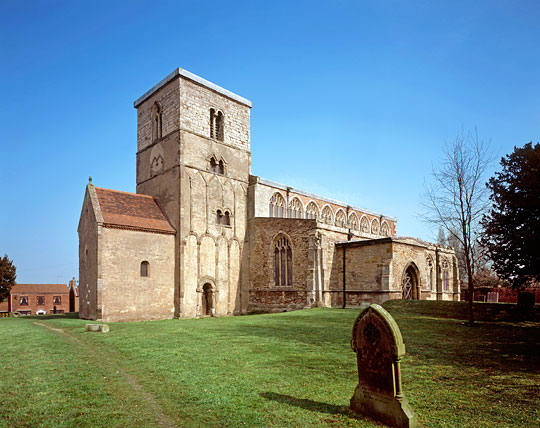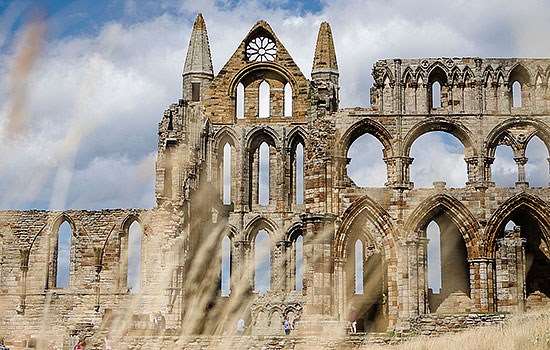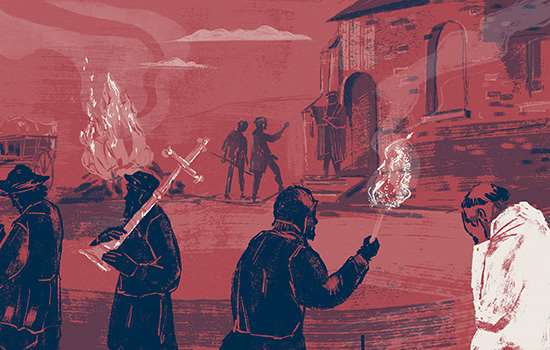History of St Peter’s Church
St Peter’s, Barton-upon-Humber, is one of the most thoroughly studied churches in England. Its history can be traced over more than 1,000 years in the building and in the excavated finds displayed inside.

The Saxon Church
In a prime position on the east coast, beside the Humber, Saxon Barton was wide open to Viking raiders, traders and settlers. The settlers, originally pagan, soon adopted Christianity, helping to fuel a great boom in church building of which St Peter’s was a part.
The first Christian use of this site was in the late 9th century. The stone church visible today was first built in about 970, comprising a tall tower flanked by a baptistery and a chancel. It has distinctive Saxon features, such as the use of large stones for doors and windows and a series of vertical stone strips around the tower – a technique derived from timber-framed buildings, but here largely decorative.
Some of the stone was reused from Roman buildings and was probably transported by river from Yorkshire.
There was room here for only a small congregation. The church was probably built to serve a major residence to the east, which was a forerunner of the present manor house.
Norman and Medieval Additions
Domesday Book records in 1086 a flourishing market town at Barton with its own church, presumably a reference to St Peter’s.
About this time the tower was heightened with a new belfry. This survives, but a large new Norman nave and chancel, revealed by excavations, were soon swept away by further rebuilding. First the nave was widened with aisles, and over the next four centuries, the chancel, aisles and entrance porches were all rebuilt, sometimes more than once, on an ever larger scale.
The various phases of building are evident in the different materials and styles of Gothic architecture. Notable features include the rare, early-14th-century Crucifixion window above a side altar and a series of carved portrait heads, grotesques and ‘Green Men’ among lush foliage.
By the mid-16th century St Peter’s had grown to six times the size of the original Saxon church, while nearby St Mary’s (which was officially a chapel under St Peter’s) matched it in size and in splendour.
During the course of all these changes – which also included restorations in the Victorian era – the original tower survived intact.
In 1819 this was the first building in England to be identified as Anglo-Saxon, by Thomas Rickman, the historian who defined the various styles of Saxon, Norman and Gothic architecture.
St Peter's Church Today
Modern Barton could not sustain two large churches and St Peter’s became redundant in 1972, passing into the care of the state in 1978.
Displays inside show the results of excavation and research undertaken here since then. Skeletal remains from 2,800 burials (about a quarter of those estimated to lie here) have yielded important information on early medical practice, as well as the history of diseases such as arthritis.
Conservation here is a continuous process. In 1999 the eight bells were restored in time to ring in the millennium, echoing those that were first rung in this tower more than 1,000 years before.
Further Reading
Bryant, GF, The Early History of Barton-upon-Humber (English Heritage, London, 1994)
Rodwell, W, St Peter’s Church, Barton-upon-Humber (English Heritage guidebook, London, 2008)
Rodwell, W and Rodwell, K, ‘St Peter’s Church, Barton-upon-Humber: excavation and structural study 1978–81’, Antiquaries Journal, 62 (1982), 283–315


